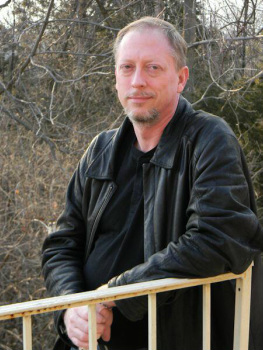
Bio:
Tim Waggoner has published over thirty novels and three short story collections, and his articles on writing have appeared in Writer's Digest and Writer's Journal, among others. He teaches creative writing at Sinclair Community College and in Seton Hill University's Master of Fine Arts in Writing Popular Fiction program.
Visit him on the web at www.timwagonner.com
Please keep reading after the interview to find an early review of A Strange and Savage Garden, out from Samhain Publishing October 7th, 2014!
1. A Strange and Savage Garden is a novella that features Johnny Divine, a rather unique character from the mind of Kealan Patrick Burke. Did you enjoy working with your version of Divine in your own world? Were there any major challenges?
Kealan created Johnny Divine as a character to tie together the various novellas that originally appeared in an anthology called Brimstone Turnpike which came out from CD Publications several years back. Kealan developed a description of the character and the old desert gas station where he would encounter the main character of each novella. The only instruction we were given was that Divine should give the character an object that would feature somehow in our stories. We were given the freedom to interpret Divine however we wished. He could be a force for good, for evil, or somewhere in between. I enjoyed coming up with my take on the character, and the only challenge was trying to make sure that he seemed an integral part of my story instead of something tacked on. Hopefully, I succeeded!
2. Lauren is returning home after the death of her father and finding herself fighting for a sense of stability in the process. The reader ends up joining her in a sense, going back and forth between her sense of reality and the little shifts of consciousness, catching the little elements as we go. Were you happy with the way the book turned out? Did it stick to the original story formula you had in mind?
I was happy with the novella, and I hope readers enjoy it. I like to write with an immersive point of view in order to involve readers as deeply in a story as I can. I also like to make a character’s psychological landscape as much a part of the story as what the character says and does. It helps create an atmosphere of strangeness and skewed reality, which is where true horror comes from.
In terms of writing the story, it turned out the way I outlined it for the most part, but as usual, I made some changes as I wrote it, as improvements to the plot or new ideas occurred to me. An outline is just a guideline for a story – not a blueprint that must be followed exactly.
3. Grandma Madelyn is a strong figure, equal parts firm resolve and manipulation. What inspired her?
Without giving away any of the story details, Madelyn is the kind of character she is because of her unique abilities. Abilities like hers would be an outgrowth of a superhuman will and a pathological need to make things the way she wants – or maybe needs – them to be. So once I knew what her role in the story was, I was able to work backward and create a character with the sort of personality who could fulfill that role.
4. This is no ordinary town, were you surprised to see the story unfold as it did or did you plan it this way all along?
Everything was planned, although some of the specifics I developed as I actually wrote the scenes. That’s how I usually write, and this novella was no different.
5. Your writing is an interesting blend of dark fantasy and horror elements, often it’s very surreal and dreamlike. Did you always know it would have this tone or did you discover you voice over time?
When I was in my twenties, I thought it might be interesting to blend horror and fantasy in my writing. I loved horror, but I thought too much of it wasn’t as imaginative as it could be, and I liked fantasy, but much of it followed the same kind of Tolkienesque story patterns, and it too, ultimately, wasn’t very imaginative. So I started working on blending what I found to be the most effective elements of both genres in my writing, and as the years went by, people began responding positively to my surreal dark fiction, so I figured I must’ve done something right. At this point in my career, I’m known for writing these kind of stories (that is, if I’m known for anything at all!).
6. What other writing projects are due out in the coming year? Are there any particular ones you’re excited to see readers react to?
I have a horror novella called The Last Mile coming out from DarkFuse in October. The basic premise is what would humans do to survive in a world where Lovecraft’s Old Ones returned and reclaimed the planet. Also in October, I have a tie-in novel based on the TV series Grimm coming out from Titan Books called Grimm: The Killing Time. In late November, my YA horror novel Dark Art will come out from Nightscape Press. It’s about a troubled teenager whose drawings come to life with devastating results.
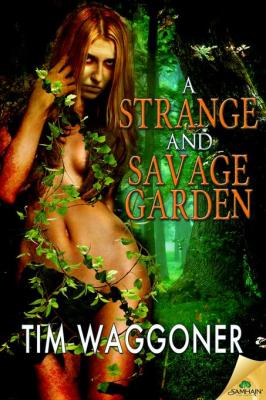
Lauren is going back home to bury her father. After 11 years of living on her own in California its a tough trip and its only going to get tougher as she goes along. You see, when she left a piece of this place went with her in the form of awful nightmares, strange memories of something so awful she thought it was buried deep in her thoughts. Only now, with Grandma Madelyn in her life and memories of that past stirring, nothing truly seems as it appears to be.
I first discovered Tim Waggoner with his novel Like Death several years ago and I was very pleased with the dark and dreamlike quality of that novel. I'm happy to have had the pleasure of reading A Strange and Savage Garden and found that same sense of the unusual. Lauren is quite a lot more than she seems to be at first glance and the terrible past she's been running from is far more complex than she realizes. Having essentially run away at the age of 17 she's only come back to make her peace and, with luck, return to the life she created in California. The past is a powerful thing and the weight of her Grandma Madelyn's steady gaze often makes her doubt herself. The strange visions and memories only give that sense on instability more weight and soon she is questioning just what it is that really happened all of those years ago and why.
I enjoyed A Strange and Savage Garden because it's a great example of how Waggoner's voice is very much his own. We experience Lauren's life in little fits and starts, dreamlike interruptions coloring both her view and our own. We discover the world and its truths gradually until it all comes together in a very vivid conclusion that challenges many aspects of what we were told about Lauren's life and the identity of the people that surround her. Here we find some very strong characters with unusual outlooks, questions about the idea of self, some consideration of how our perception of the past affects us, and the dark fantasy and subtle horror elements I enjoy in Waggoner's work. This is a very enjoyable and surreal novella that was well worth the read!
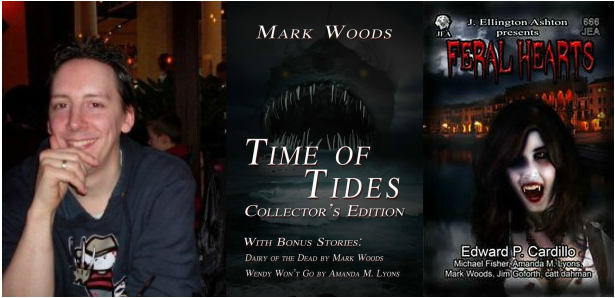
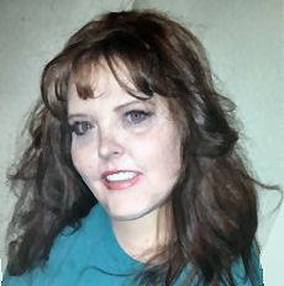
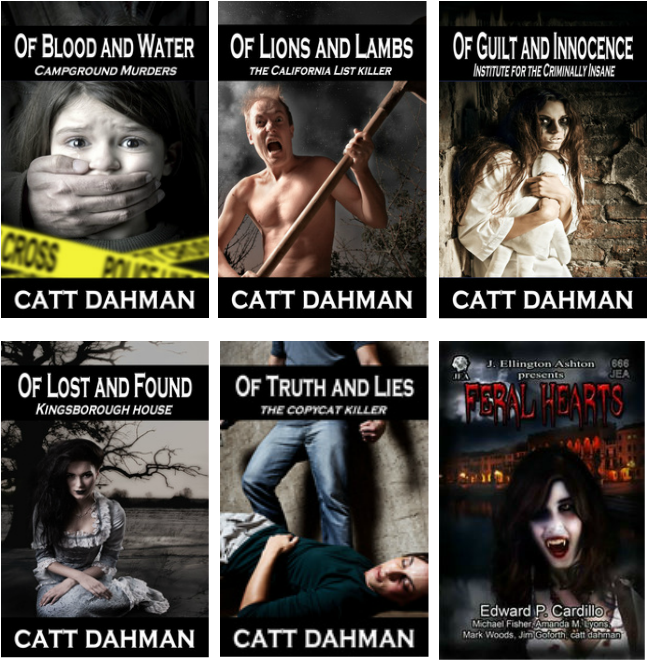
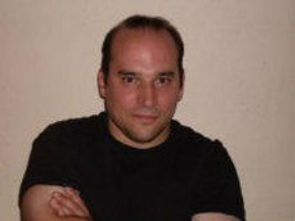
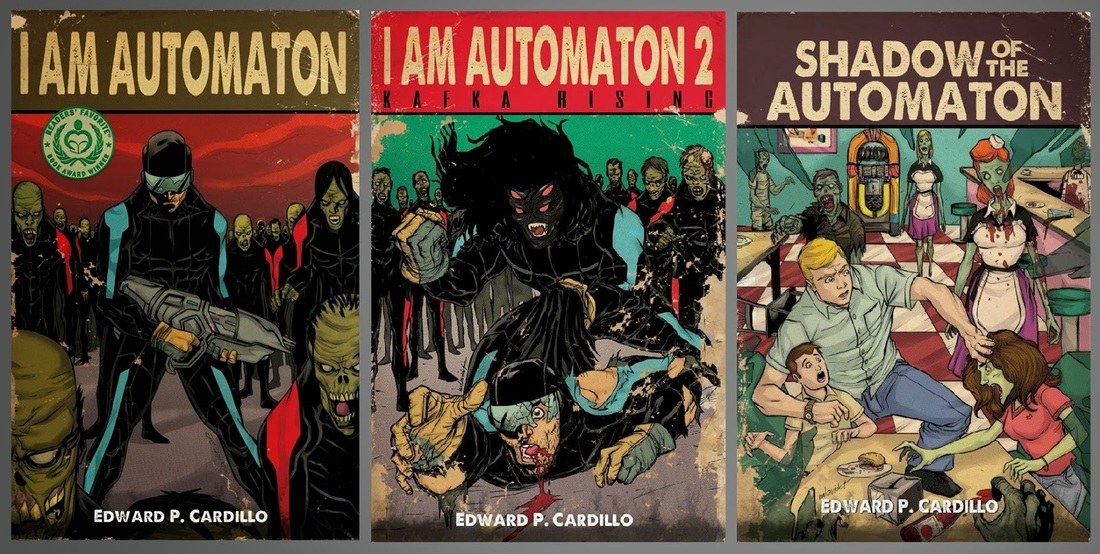
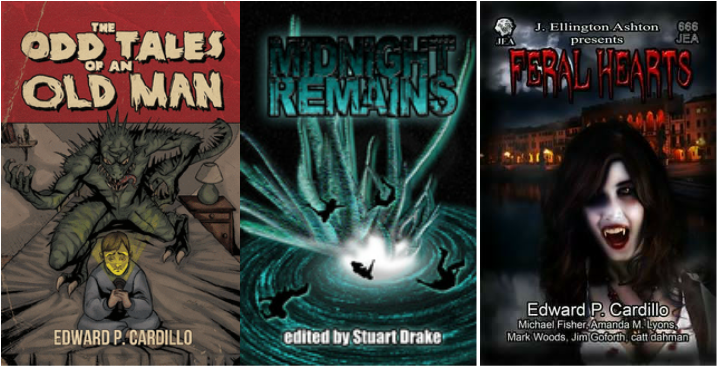
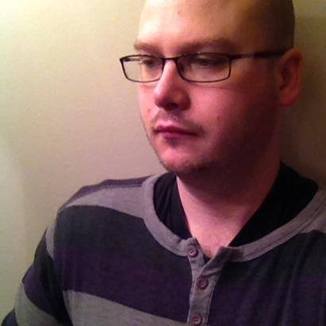
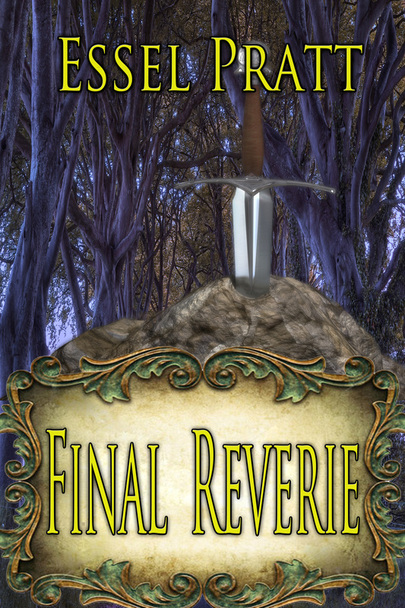
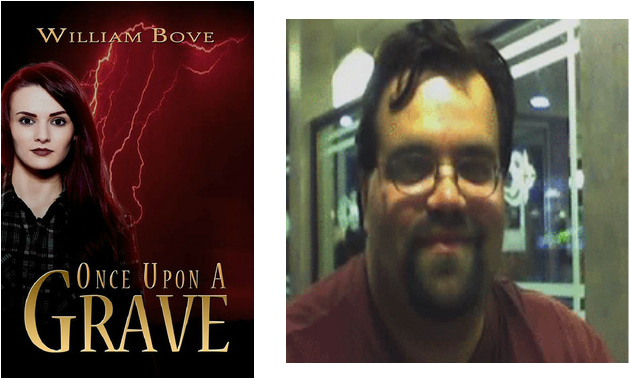
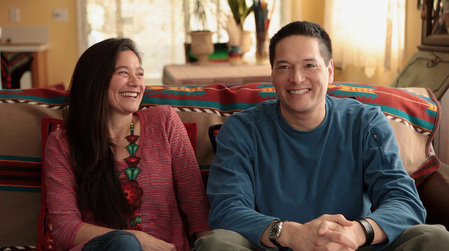
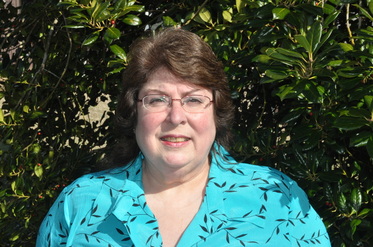
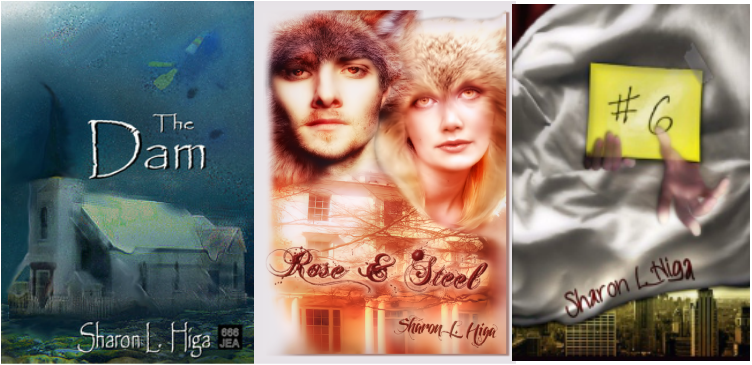
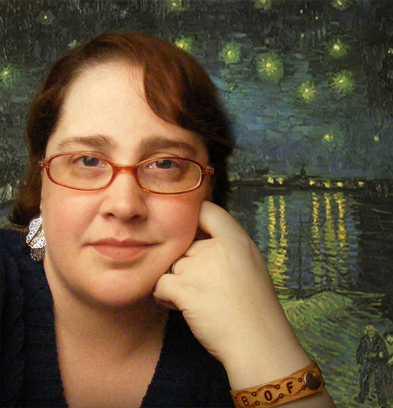
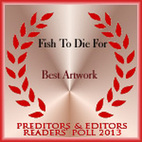
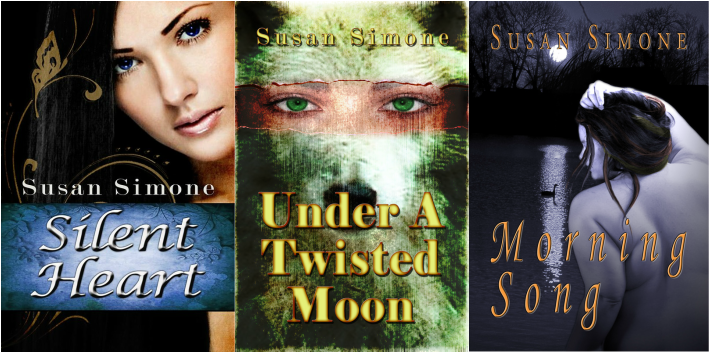
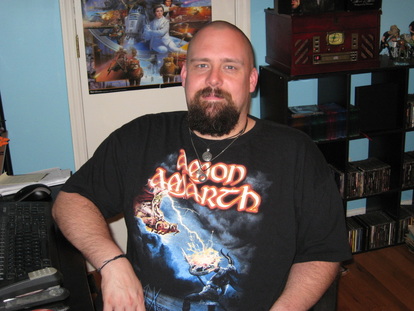
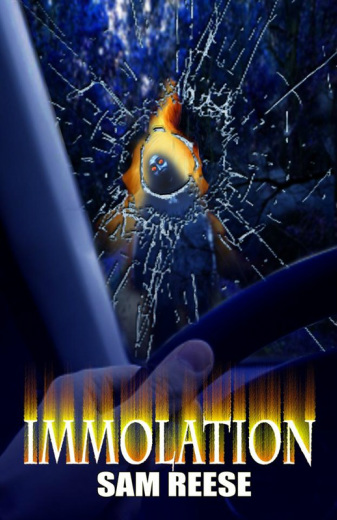
 RSS Feed
RSS Feed
